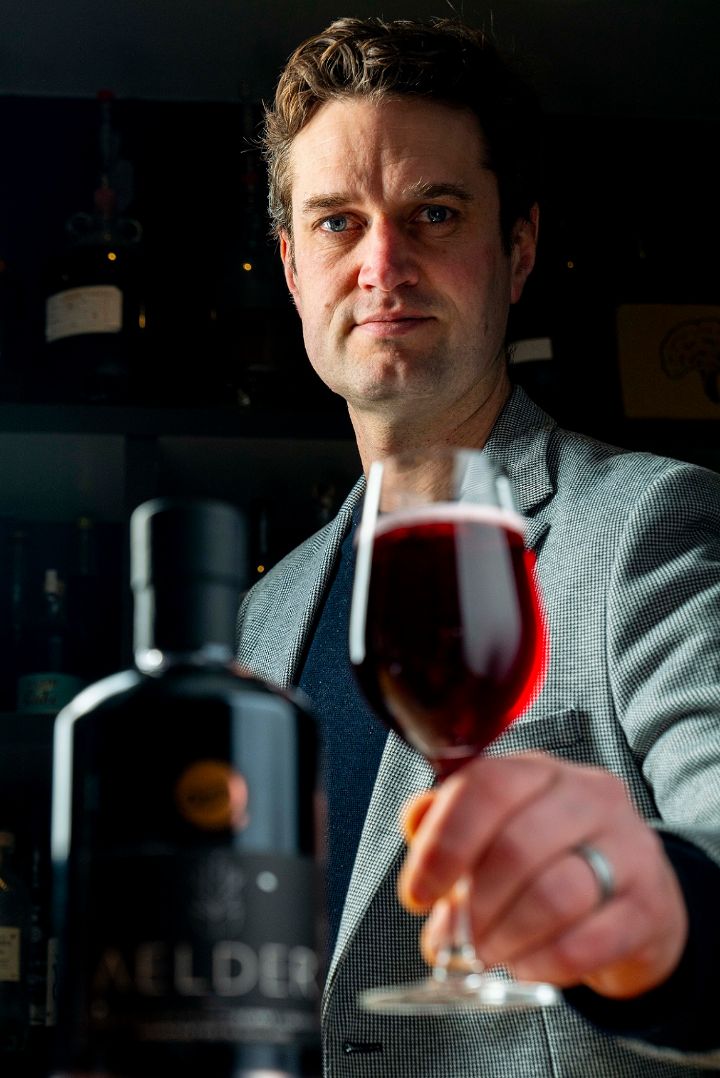How the business started to grow
“Setting up a board changes the parameters. It’s been a really positive move.”
A key moment was connecting with East Lothian Food & Drink. They supported the new business to take a stand at the Royal Highland Show by offering a subsidised exhibitor rate.
The opportunity to showcase and sell their liqueurs was pivotal, as it gave them the opportunity to speak to visitors and take feedback. This was valuable, tailored market research at an early stage in the business.
They targeted local farmers markets, Christmas-themed events and business-to-business shows, which resulted in new connections with key buyers.
As the business grew, they managed to secure more prestigious stockists, including:
- Gleneagles
- Virgin Hotels
- The Dorchester Hotel
- Edinburgh Castle
To further develop the business, they took on two rounds of investment. The first was from friends and family and they restructured to create a board. The second round was from more experienced investors, bringing expertise from within the drinks industry.
This has proved to be an important step, helping them to:
- streamline the business
- manage running it from a personal perspective
- set clear targets for growth
- get some capital to develop their operation
In 2019, they moved to their new premises in East Lothian. They set up a tasting room, which quickly became valuable during lockdown, enabling them to create a virtual tasting experience to engage customers.
This space is now used to host business-to-business visitors, mostly retailers and bar tenders. It helps them to engage their customers by telling the story behind their business in a really authentic and honest way.

One of the Buck and Birch owners holding a glass of liqueur.

